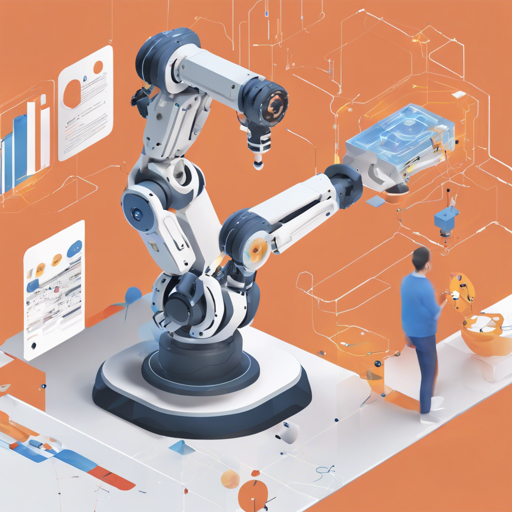In this article, we will explore DM Control, a powerful package from Google DeepMind that leverages the MuJoCo physics engine for creating reinforcement learning environments. With an engaging storyline packed with simulations and custom tasks, you might say it’s like a rollercoaster of artificial intelligence development! Buckle up as we dive into this introductory tutorial.
Overview of DM Control
DM Control is your all-in-one solution, targeting physics-based simulation and reinforcement learning environments. Here’s what the package offers:
- [dm_control.mujoco]: Python bindings to the MuJoCo physics engine.
- [dm_control.suite]: A collection of Python RL environments powered by MuJoCo.
- [dm_control.viewer]: An interactive viewer for environments.
- [dm_control.mjcf]: A library for modifying MuJoCo MJCF models.
- dm_control.composer: Tools for creating complex environments.
- [dm_control.locomotion]: Libraries for custom locomotion tasks.
- [dm_control.locomotion.soccer]: Engage in multi-agent soccer tasks!
Installation Guide
To get started, you’ll need to install DM Control via PyPI. Here’s how:
pip install dm_controlImportant Note: DM Control cannot be installed in editable mode. Attempting this will lead to various import errors. Should you face this issue, simply:
- Uninstall the current installation:
pip uninstall dm_control - Reinstall without the -e flag:
pip install dm_control
Understanding the Code: An Analogy
Imagine you’re an architect (the DM Control package) designing a theme park (the reinforcement learning environment). Each of the rides at your park represents a different component of the package:
- The Roller Coaster ([dm_control.mujoco]): The defining thrill ride utilizing the physics of motion.
- The Funhouse ([dm_control.suite]): An array of fun experiences designed around complex environments.
- The Viewing Gallery ([dm_control.viewer]): A space for spectators to enjoy and navigate through the activities.
- The Custom Zones ([dm_control.mjcf] and composer): Areas in the park that can be individually tailored and modified based on preferences.
In this analogy, you are not just building rides; you’re creating experiences that guests (or AI agents) can enjoy and learn from, just like the dynamic simulation environments provided by DM Control!
Rendering and Environment Setup
DM Control utilizes three OpenGL rendering backends:
- EGL: For headless, hardware-accelerated rendering.
- GLFW: For windowed, hardware-accelerated rendering.
- OSMesa: For purely software-based rendering.
You need to ensure the appropriate backend is installed. For instance, on Debian or Ubuntu:
sudo apt-get install libglfw3 libglew2.0Different applications may require different environments, so be sure to check compatibility with the DM Control viewer and rendering options.
Troubleshooting
If you encounter issues, here are some troubleshooting steps:
- Make sure you have the required OpenGL backends installed.
- Check that you are not attempting to install DM Control in editable mode.
- Verify environment variables for rendering settings are correctly configured.
For more insights, updates, or to collaborate on AI development projects, stay connected with fxis.ai.
Final Notes
At fxis.ai, we believe that such advancements are crucial for the future of AI, as they enable more comprehensive and effective solutions. Our team is continually exploring new methodologies to push the envelope in artificial intelligence, ensuring that our clients benefit from the latest technological innovations.
Now that you’re equipped with the knowledge to dive into DM Control, go ahead, unleash your creativity, and start building exciting reinforcement learning environments!

